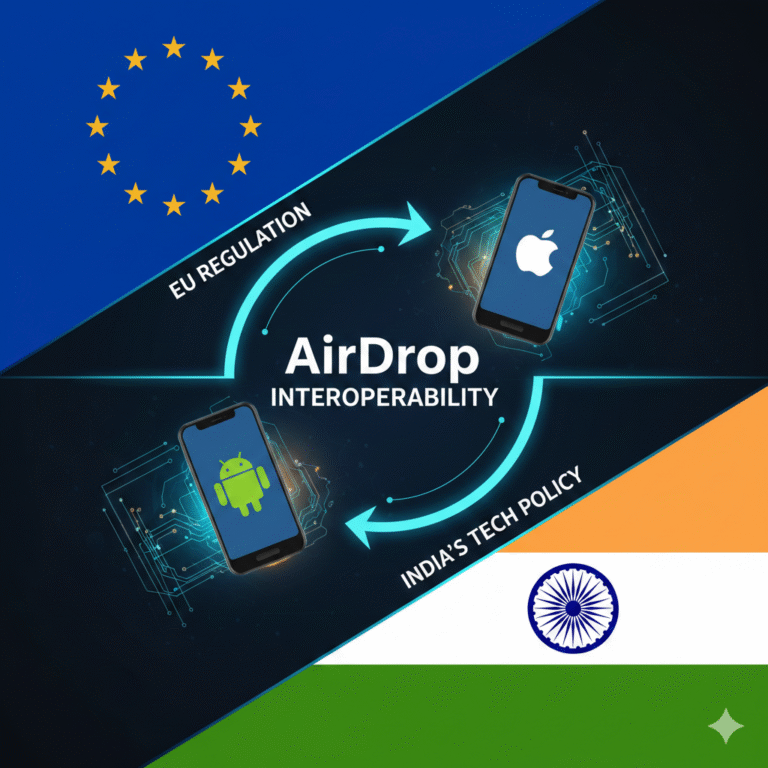The fashion industry, once synonymous with glamour and fleeting trends, is now grappling with a pressing reality: its significant environmental impact. From resource-intensive production to a culture of fast fashion and disposable clothing, the industry has a long way to go towards sustainability. However, a growing movement of conscious consumers and innovative designers is driving a shift towards more eco-friendly practices. This article explores the key aspects of sustainable fashion, focusing on the use of eco-friendly materials and processes.
The Need for Sustainable Fashion
The traditional fashion industry is notorious for its environmental footprint. Here are some of the key concerns:
- Resource Depletion: The production of clothing requires vast amounts of natural resources, including water, land, and energy.
- Pollution: The textile industry is a major contributor to water and air pollution, releasing harmful chemicals into the environment.
- Waste Generation: The fast fashion model encourages the production of cheap, disposable clothing, leading to massive amounts of textile waste.
- Social and Ethical Issues: The industry often relies on exploitative labor practices, including low wages and unsafe working conditions.
Eco-Friendly Materials: Building Blocks of Sustainable Fashion
Sustainable fashion prioritizes the use of environmentally friendly materials that minimize harm to the planet and its inhabitants. Some key examples include:
- Organic Cotton: Grown without the use of harmful pesticides and fertilizers, organic cotton is a more sustainable alternative to conventional cotton.1
- Recycled Polyester: Made from recycled plastic bottles, recycled polyester2 reduces plastic waste and conserves resources.
- Tencel® and Lyocell: These plant-based fibers are produced using closed-loop processes that minimize environmental impact.
- Hemp: Hemp is a fast-growing, durable, and versatile fiber that requires minimal water and pesticides.
- Bamboo: Bamboo is a rapidly renewable resource that requires minimal water and fertilizer to grow.
- Cork: Cork is a natural, biodegradable material that is harvested sustainably from cork oak trees.
- Recycled Wool: Recycled wool is made from discarded wool garments, minimizing waste and conserving resources.
Sustainable Production Processes: From Farm to Fashion
Beyond eco-friendly materials, sustainable fashion emphasizes the adoption of environmentally and socially responsible production processes:
- Fair Trade Practices: Supporting fair trade ensures that workers receive fair wages and safe working conditions.
- Water Conservation: Implementing water-saving technologies and minimizing water usage throughout the production process.
- Energy Efficiency: Utilizing renewable energy sources and improving energy efficiency in production facilities.
- Waste Reduction: Minimizing waste at every stage of the production process, from material sourcing to manufacturing and distribution.
- Circular Economy Principles: Embracing a circular economy approach, where materials are reused, recycled, and repurposed to minimize waste and maximize resource utilization.
The Role of Consumers and Businesses
Consumers play a crucial role in driving the demand for sustainable fashion. By choosing to purchase clothing made from eco-friendly materials and supporting brands that prioritize sustainability, consumers can make a significant impact.
Businesses, in turn, have a responsibility to:
- Prioritize transparency and traceability: Disclosing information about their supply chains and the environmental and social impacts of their products.
- Invest in sustainable technologies: Adopting innovative technologies that minimize environmental impact and improve resource efficiency.
- Educate consumers: Raising awareness about the importance of sustainable fashion and empowering consumers to make informed choices.
- Collaborate with stakeholders: Working with suppliers, NGOs, and other stakeholders to promote sustainable practices throughout the entire supply chain.
The Future of Sustainable Fashion
The future of sustainable fashion is bright, with increasing consumer demand, technological advancements, and growing awareness3 driving the industry towards a more eco-conscious future. While challenges remain, such as the cost of sustainable materials and the need for greater transparency and accountability, the movement towards sustainable fashion is gaining momentum. By embracing innovation and prioritizing sustainability, the fashion industry can create a more ethical and environmentally responsible future for all.
Frequently Asked Questions (FAQs)
- What is sustainable fashion?
- Sustainable fashion refers to the creation and consumption of clothing and textiles in a way that minimizes environmental impact and social harm.
- What are some eco-friendly materials used in sustainable fashion?
- Organic cotton, recycled polyester, Tencel®, hemp, bamboo, cork, and recycled wool are some examples.
- What are some sustainable production practices?
- Fair trade practices, water conservation, energy efficiency, waste reduction, and circular economy principles.
- How can consumers contribute to sustainable fashion?
- By choosing to purchase clothing made from eco-friendly materials, supporting brands that prioritize sustainability,4 and reducing their overall consumption of clothing.
- What are the challenges of sustainable fashion?
- The cost of sustainable materials, the need for greater transparency and accountability, and the integration of sustainability throughout the entire supply chain.
- What is the role of technology in sustainable fashion?
- Technology plays a crucial role in enabling sustainable production processes, such as water-saving technologies and renewable energy sources.
- What is the circular economy model in fashion?
- The circular economy model focuses on reusing, recycling, and repurposing materials to minimize waste and maximize resource utilization.
- How can businesses promote sustainability in the fashion industry?
- By prioritizing transparency, investing in sustainable technologies, educating consumers, and collaborating with stakeholders.
- What is the impact of fast fashion on the environment?
- Fast fashion contributes to resource depletion, pollution, and waste generation.
- What is the difference between organic cotton and conventional cotton?
- Organic cotton is grown without the use of harmful pesticides and fertilizers, while conventional cotton is often grown using these chemicals.
- What is the role of consumers in driving the demand for sustainable fashion?
- Consumers can drive demand by choosing to purchase sustainable products and supporting brands that prioritize sustainability.
- How can the fashion industry reduce its environmental impact?
- By adopting sustainable production practices, minimizing waste, and promoting a more circular economy model.
- What are the social and ethical implications of the fashion industry?
- The fashion industry often relies on exploitative labor practices, including low wages and unsafe working conditions.
- What is the future of sustainable fashion?
- The future of sustainable fashion looks promising, with increasing consumer demand, technological advancements, and growing awareness driving the industry towards a more eco-conscious future.
- How can I make my wardrobe more sustainable?
- By purchasing high-quality, durable clothing, repairing and upcycling existing garments, and supporting brands that prioritize sustainability.











+ There are no comments
Add yours